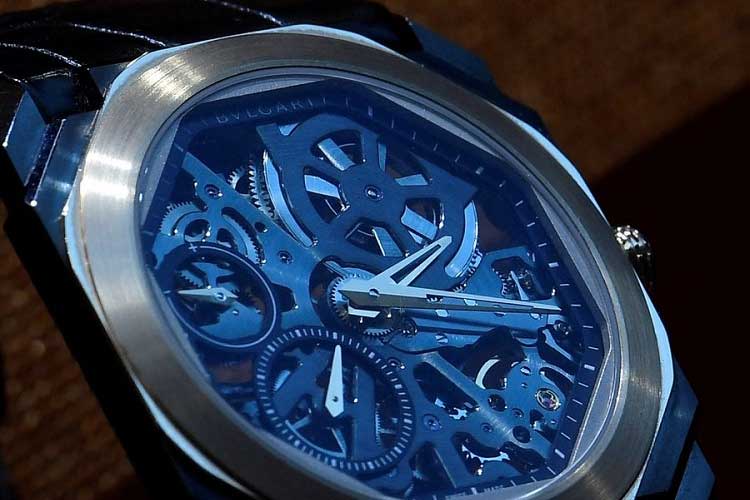Sputnik 1, the Soviet Union’s First Satellite – The Soviet Union was the first country to engage in space technology competition.
The first man-made earth satellite was launched by the Soviet Union on October 4, 1957, at approximately 10:29 Moscow time from the Tyuratam base in the Kazakh Republic.
The satellite made by the Soviet Union called Sputnik has a diameter of 55 cm and a weight of 83.4 kilograms.
This satellite rotates around the earth once every 1 hour 36 minutes at a speed of 18,000 miles/hour.
Sputnik can be seen using binoculars before sunrise or after sunset.
Thanks to this success, the Soviet Union was called the era of “Space Exploration.”
The process of making Sputnik
Sputnik in Russian means satellite. The process of creating a satellite created by the Soviet Union began when the Soviet rocket chief, Sergei Korolev, proposed a plan for developing an artificial satellite to the Minister of Defense Industry, Dimitri Ustinov on December 17, 1954.
Since the 1950s, the United States and the Soviet Union had worked to develop new technology, including the creation of satellites.
The development of this satellite was part of the goals set by the International Council of Scientific Unions, which called for the launch of satellite technology in late 1957 and 1958.
Throughout the decade, the United States tested several rockets and missiles, but failed.
At the same time, on December 17 1954, the Soviet Union’s rocket chief, Sergei Korolev, proposed a plan to develop an artificial satellite to the Minister of Defense Industry, Dimitri Ustinov.
About a year later, on July 29 1955, the President of the United States, Dwight D Eisenhower, announced through his press secretary that during the International Geophysical Year (TGI), the United States would launch an artificial satellite.
Four days later, a Soviet physicist named Leonid I. Sedov also announced that he would launch an artificial satellite.
Then, on August 8, the Politburo of the Communist Party of the Soviet Union approved a proposal to create an artificial satellite.
Furthermore, on August 30, the head of the state commission for the launch of the R-7 rocket, Vasily Rybakow, held a meeting at which Korolev presented calculation data for the trajectory of a space flight to the moon.
Ultimately, they decided to develop a three-stage version of the R-7 rocket for launching satellites.
Launch process
On January 30, 1956, the Council of Ministers approved the project for an artificial satellite orbiting the earth. This satellite was named Object D, which was planned to be completed in 1957-1958.
This satellite is estimated to have a mass of 1000 to 1400 kilograms and carry 200-300 kilograms of scientific instruments.
The initial design of Object D was completed in July 1956. However, towards the end of the year, the complexity of the Object D design could not be launched due to obstacles in creating scientific instruments on board and the low specifications of the R-7 engine that had been built.
As a result, the government rescheduled its launch for April 1958, when it flew together with Sputnik 3.
Before Object D was released, it turned out that the Soviet Union had already succeeded in launching Sputnik on October 4 1957.
Sputnik dirancang di OKB-1 (Biro Desain Khusus) oleh tim yang beranggotakan Mikhail Stepanovich Khomyakov, Maksim Khramov, dan Oleg Genrikhovich Ivanovsky.
This satellite is made in the shape of a ball with a diameter of 58.0 cm, and is made of aluminum alloy with a thickness of 2 millimeters.
These two parts are connected with 36 bolts and filled with pressurized nitrogen.
Using three batteries and silver-zinc equipment, Sputnik’s mass is 83.6 kilograms.
Sputnik was launched using a two-stage liquid-fuel rocket whose design was based on the R-7 Semyorka intercontinental ballistic missile.
The R-7 rocket was designed by Sergei Pavlovich Korolev or known as The Chief Designer.
The length of this rocket reaches 29,167 meters and a diameter of 10.3 meters.
The purpose of launching Sputnik 1 is to help identify the density of layers in the atmosphere by measuring changes in their orbits, so that this satellite can transmit data from the distribution of radio signals to the ionosphere.
In the end, Sputnik 1 was launched on October 4, 1957, which became a pioneer in the development of space technology.
Rekomendasi Link :





